Home>Gardening & Outdoor>Plant Care & Gardening Tips>How Often To Cut Wildflower Meadow
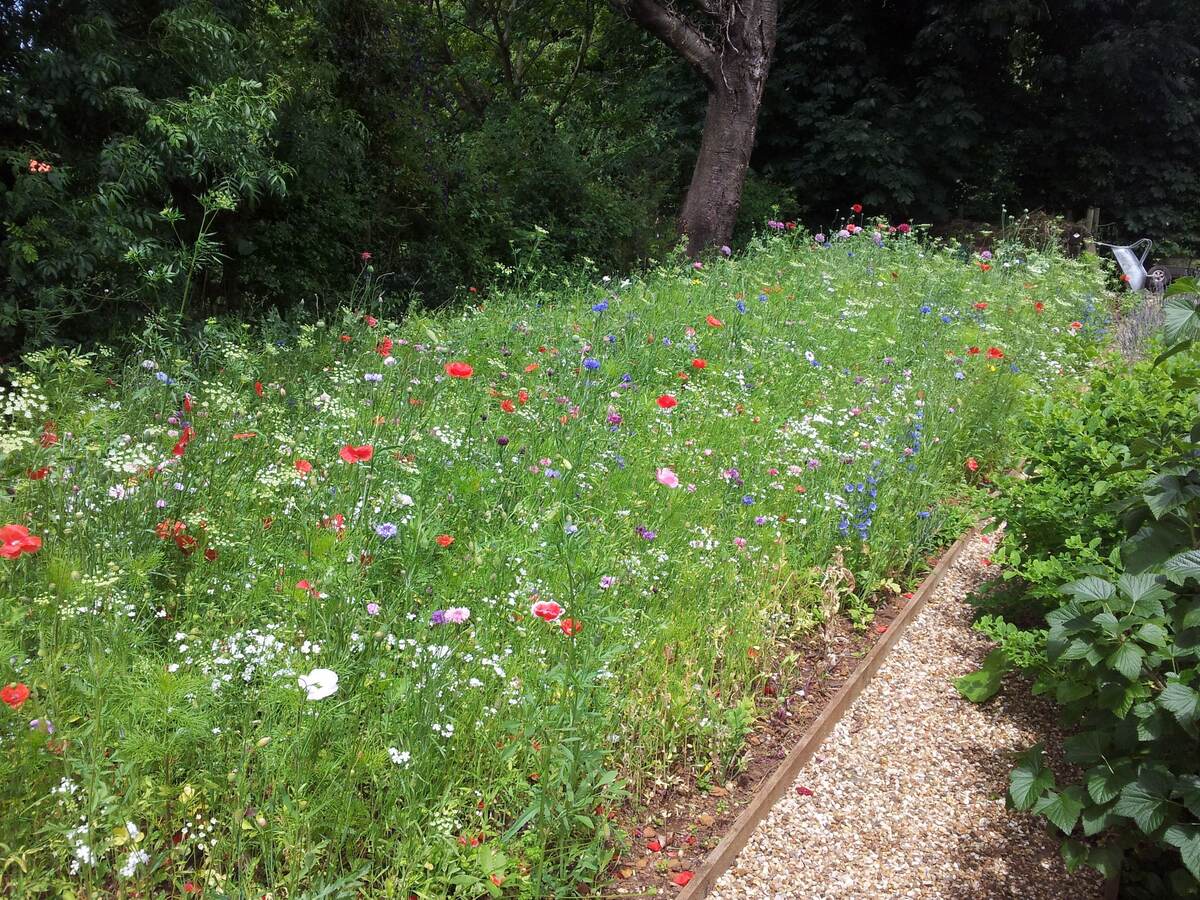

Plant Care & Gardening Tips
How Often To Cut Wildflower Meadow
Modified: February 25, 2024
Discover the best plant care and gardening tips for maintaining a wildflower meadow. Learn how often to cut wildflower meadows for optimal growth and beauty.
(Many of the links in this article redirect to a specific reviewed product. Your purchase of these products through affiliate links helps to generate commission for Storables.com, at no extra cost. Learn more)
Introduction
Welcome to the wonderful world of wildflower meadows! These vibrant and diverse patches of nature are not only a sight to behold but also serve as vital habitats for a myriad of pollinators and wildlife. As you venture into the realm of wildflower meadow care, one essential aspect to consider is the frequency of cutting. This practice plays a pivotal role in maintaining the health, longevity, and beauty of your wildflower meadow.
Understanding how often to cut your wildflower meadow involves a delicate balance. It requires a harmonious blend of knowledge about the specific species in your meadow, the local climate, and the desired aesthetic and ecological outcomes. By delving into the factors that influence cutting frequency and the optimal timing for this practice, you can cultivate a thriving and resplendent wildflower haven.
So, let's embark on a journey through the enchanting realm of wildflower meadows and unravel the intricacies of cutting frequency, allowing you to nurture a flourishing haven for both nature and the soul.
Key Takeaways:
- Embrace the natural rhythms of wildflower meadows by cutting at key stages of the growing season. This supports diverse flowering, pollinators, and wildlife, nurturing a vibrant and resilient floral community.
- Tailor your cutting frequency to uphold the vitality and biodiversity of your wildflower meadow. Whether annual or biennial, harmonize your decisions with the goals of promoting floral diversity and supporting wildlife.
Read more: Why Are Wildflower Meadows Important?
Factors to Consider
When determining how often to cut your wildflower meadow, several crucial factors come into play. Understanding and considering these elements will enable you to make informed decisions that align with the health and vitality of your meadow.
- Wildflower Species: The composition of your wildflower meadow, including the specific species present, significantly influences the cutting frequency. Some wildflowers thrive with regular cutting, while others require more sporadic maintenance to support their natural lifecycle and reseeding process.
- Local Climate: The climate in your region plays a pivotal role in dictating the optimal cutting schedule for your wildflower meadow. Factors such as rainfall patterns, temperature fluctuations, and seasonal variations all impact the growth and dormancy cycles of the wildflowers, influencing the timing and frequency of cutting.
- Ecological Goals: Consider the ecological objectives you aim to achieve with your wildflower meadow. Are you prioritizing biodiversity, pollinator support, or a balance between aesthetics and wildlife habitat? Your ecological aspirations will guide the frequency of cutting and the overall management approach for your meadow.
- Aesthetic Preferences: Your personal preferences for the appearance of your wildflower meadow also play a role in determining the cutting frequency. Whether you prefer a more manicured and tidy look or embrace a natural, untamed aesthetic, your aesthetic inclinations will inform the timing and extent of cutting activities.
- Wildlife Considerations: The presence of wildlife, such as nesting birds or overwintering insects, should be taken into account when planning cutting schedules. Adhering to wildlife-friendly cutting practices ensures that your meadow continues to provide essential resources and shelter for various creatures.
By carefully considering these factors, you can tailor your approach to cutting your wildflower meadow, nurturing its ecological richness while aligning with your personal preferences and environmental objectives.
Timing of Cutting
The timing of cutting your wildflower meadow is a critical consideration that directly impacts the health and vibrancy of the floral community. Understanding the natural rhythms of the wildflowers and the broader ecosystem is essential for determining the optimal time to engage in this practice.
Early in the growing season, typically in late winter or early spring, the wildflower meadow may benefit from a rejuvenating cut. This early cutting helps manage thatch build-up, promotes new growth, and prevents dominant species from overshadowing others. It also provides an opportunity to remove accumulated debris and allows sunlight to reach emerging plants.
As the wildflowers continue to flourish, the timing of subsequent cuts should align with key developmental stages. For instance, a late spring or early summer cut can help curtail the spread of aggressive species, encourage diverse flowering, and support pollinators by providing a fresh wave of nectar sources.
When late summer arrives, a judicious approach to cutting is essential to accommodate the nesting and foraging activities of wildlife. Allowing certain areas to remain uncut during this period provides crucial shelter and food sources for various creatures. Moreover, postponing cutting in specific sections until early autumn can facilitate the maturation and dispersal of seeds, contributing to the meadow’s long-term sustainability.
Understanding the life cycles and growth patterns of the wildflowers in your meadow empowers you to synchronize cutting activities with nature’s rhythms, fostering a biodiverse and resilient floral community.
Cut your wildflower meadow once a year in late winter or early spring to a height of 4-6 inches. This helps maintain a healthy and diverse wildflower population.
Frequency of Cutting
The frequency of cutting your wildflower meadow is a nuanced consideration that intertwines with the ecological dynamics of the floral ensemble. Striking a balance between promoting floral diversity, supporting wildlife, and maintaining an aesthetically pleasing landscape is at the core of determining the appropriate cutting frequency.
For many wildflower meadows, an annual cutting regime suffices to sustain a healthy and vibrant ecosystem. A single annual cut, typically conducted in late summer or early autumn, allows the wildflowers to complete their flowering cycle, set seed, and prepare for the winter months. This approach supports pollinators, preserves habitat structure, and fosters the natural reseeding process, ensuring the meadow’s continuity.
However, in some instances, a biennial cutting schedule may better align with the ecological needs of the meadow. This approach involves cutting the meadow every other year, allowing for longer periods of undisturbed growth and seed maturation. Biennial cutting can be particularly beneficial for nurturing perennial wildflowers and accommodating the life cycles of diverse pollinators and wildlife.
Occasional spot cutting, where specific areas are selectively trimmed to manage aggressive species or promote the establishment of new floral diversity, can complement the primary cutting schedule. This targeted approach allows for localized intervention while minimizing disruption to the overall meadow composition.
Ultimately, the frequency of cutting your wildflower meadow should harmonize with the overarching goals of biodiversity conservation, wildlife support, and aesthetic appeal. By adapting the cutting frequency to the specific characteristics and dynamics of your meadow, you can cultivate a thriving and enchanting haven for both flora and fauna.
Conclusion
Embarking on the journey of nurturing a wildflower meadow is a rewarding endeavor that intertwines the beauty of nature with the intricate tapestry of ecological interconnectedness. Understanding how often to cut your wildflower meadow is a cornerstone of responsible meadow management, encompassing a delicate balance of ecological stewardship and aesthetic considerations.
By carefully considering the diverse factors that influence cutting frequency, including the unique composition of wildflower species, local climate nuances, ecological objectives, aesthetic preferences, and wildlife considerations, you can tailor your cutting approach to uphold the vitality and biodiversity of your meadow.
Furthermore, recognizing the significance of timing in cutting activities, from early season rejuvenation cuts to late summer respites and seed maturation periods, empowers you to synchronize your efforts with the natural rhythms of the wildflowers and the broader ecosystem.
When contemplating the frequency of cutting, whether opting for an annual regime, a biennial schedule, or incorporating spot cutting to address specific needs, it is essential to harmonize these decisions with the overarching goals of promoting floral diversity, supporting wildlife, and maintaining an enchanting landscape.
In essence, the art of cutting a wildflower meadow transcends mere horticultural practice; it embodies a profound commitment to coexisting with and nurturing the natural world. By embracing this artistry, you can cultivate a wildflower meadow that not only delights the senses but also serves as a sanctuary for a myriad of living beings, perpetuating the timeless allure of nature’s splendor.
Frequently Asked Questions about How Often To Cut Wildflower Meadow
Was this page helpful?
At Storables.com, we guarantee accurate and reliable information. Our content, validated by Expert Board Contributors, is crafted following stringent Editorial Policies. We're committed to providing you with well-researched, expert-backed insights for all your informational needs.

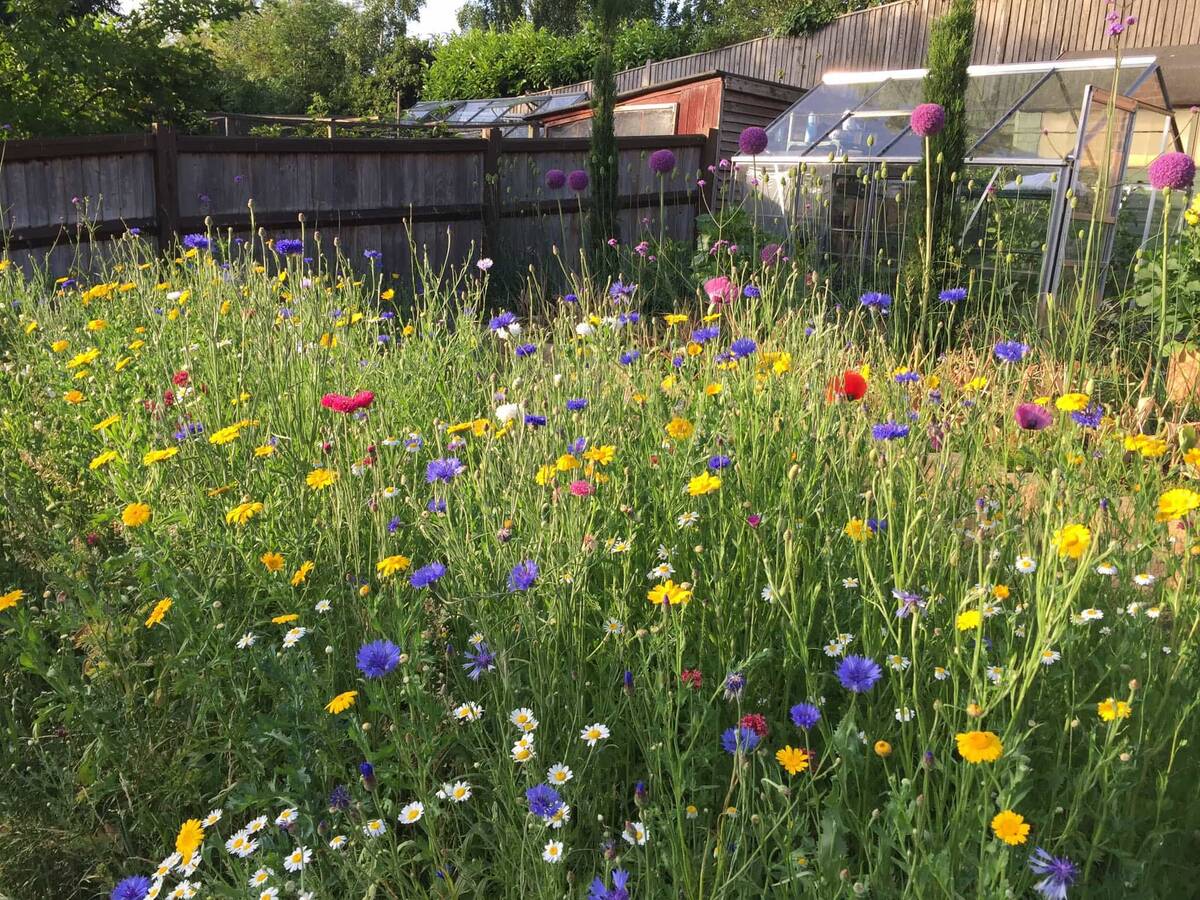
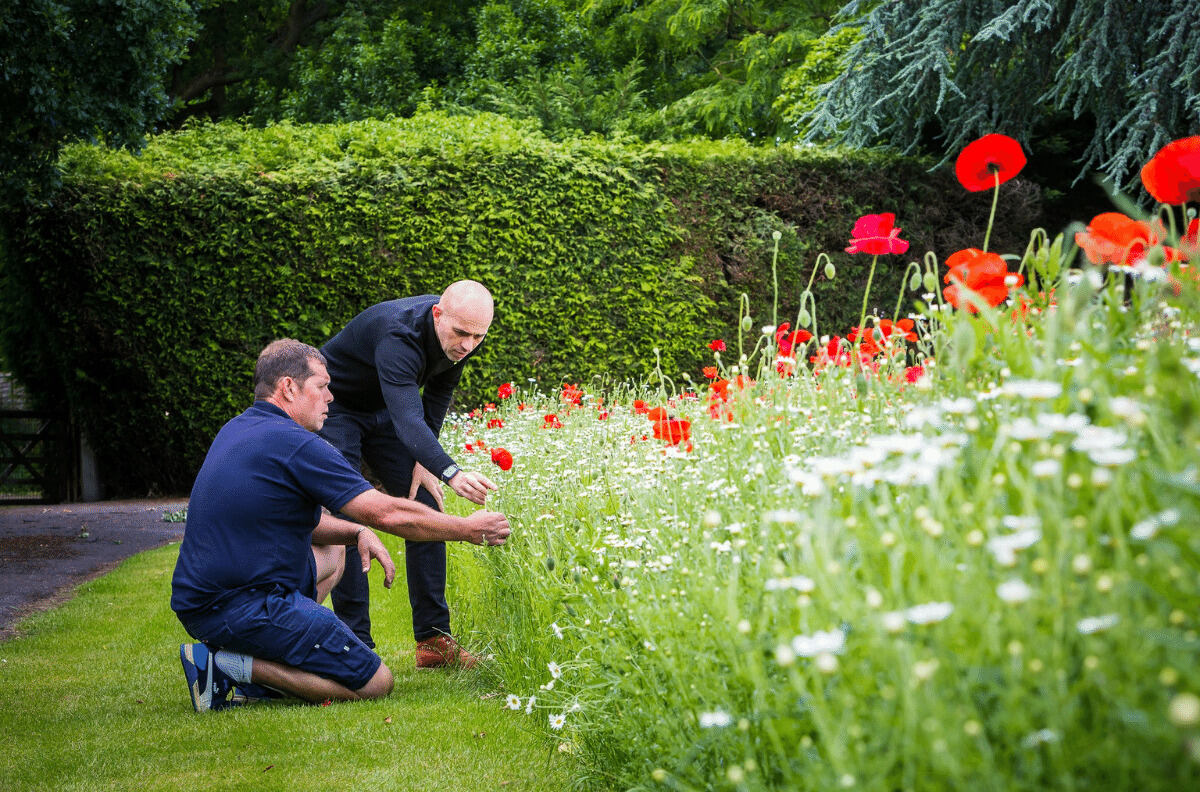
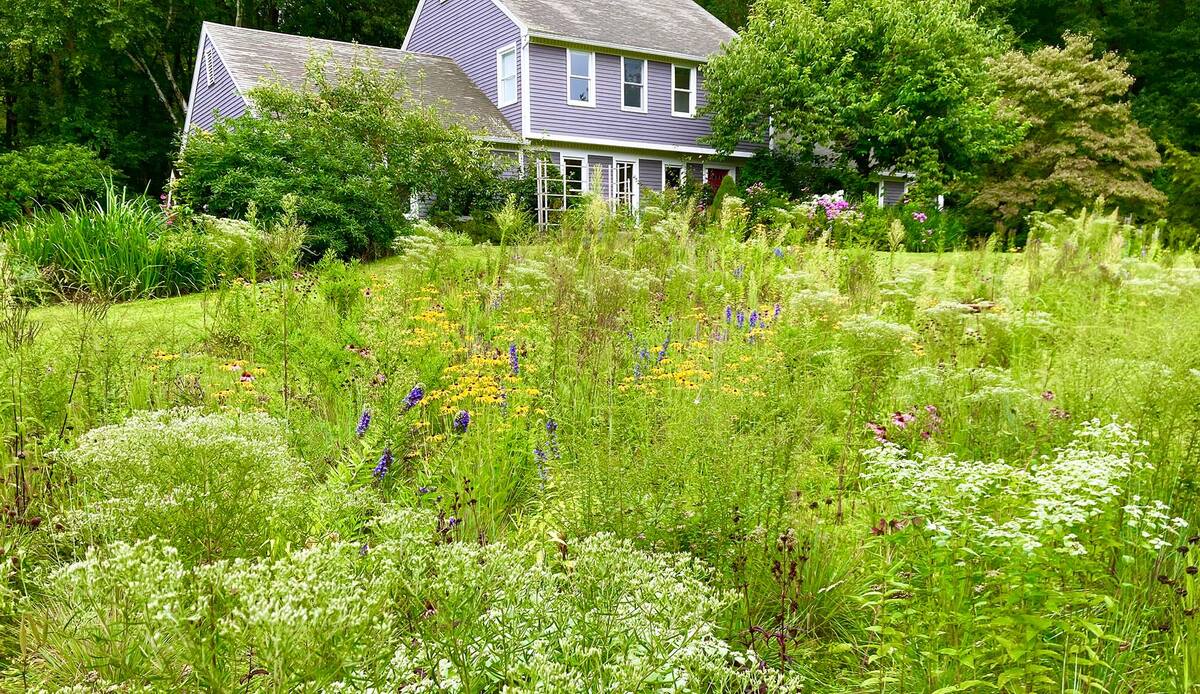
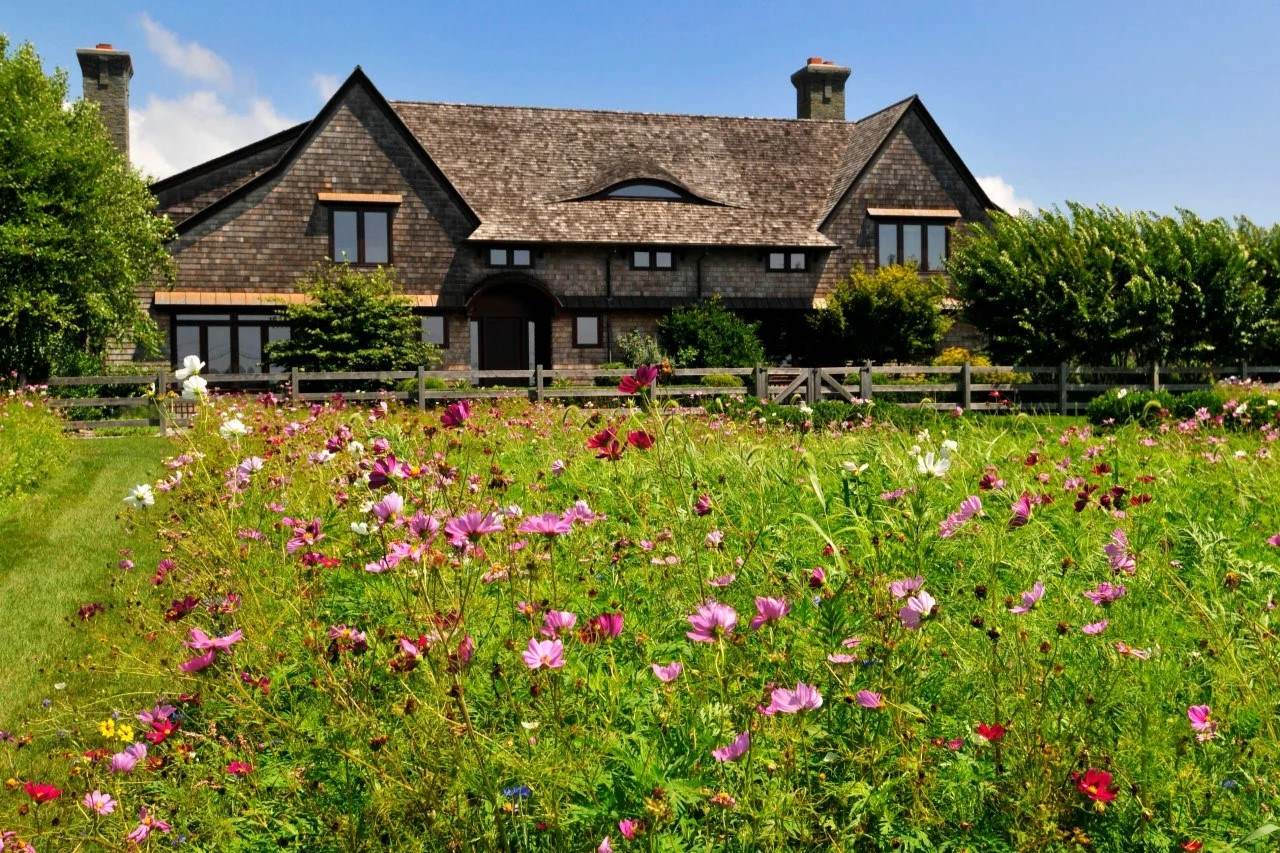
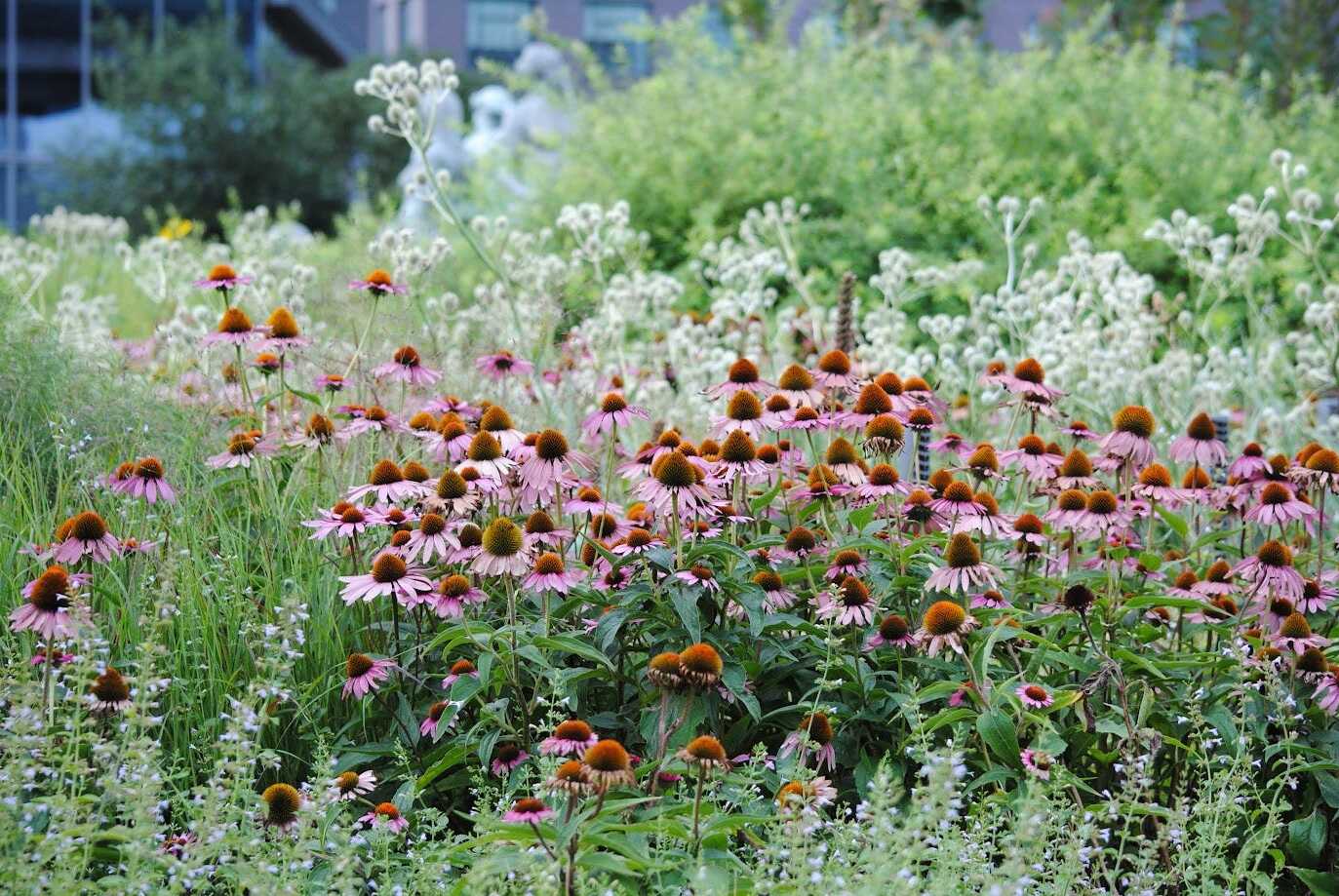
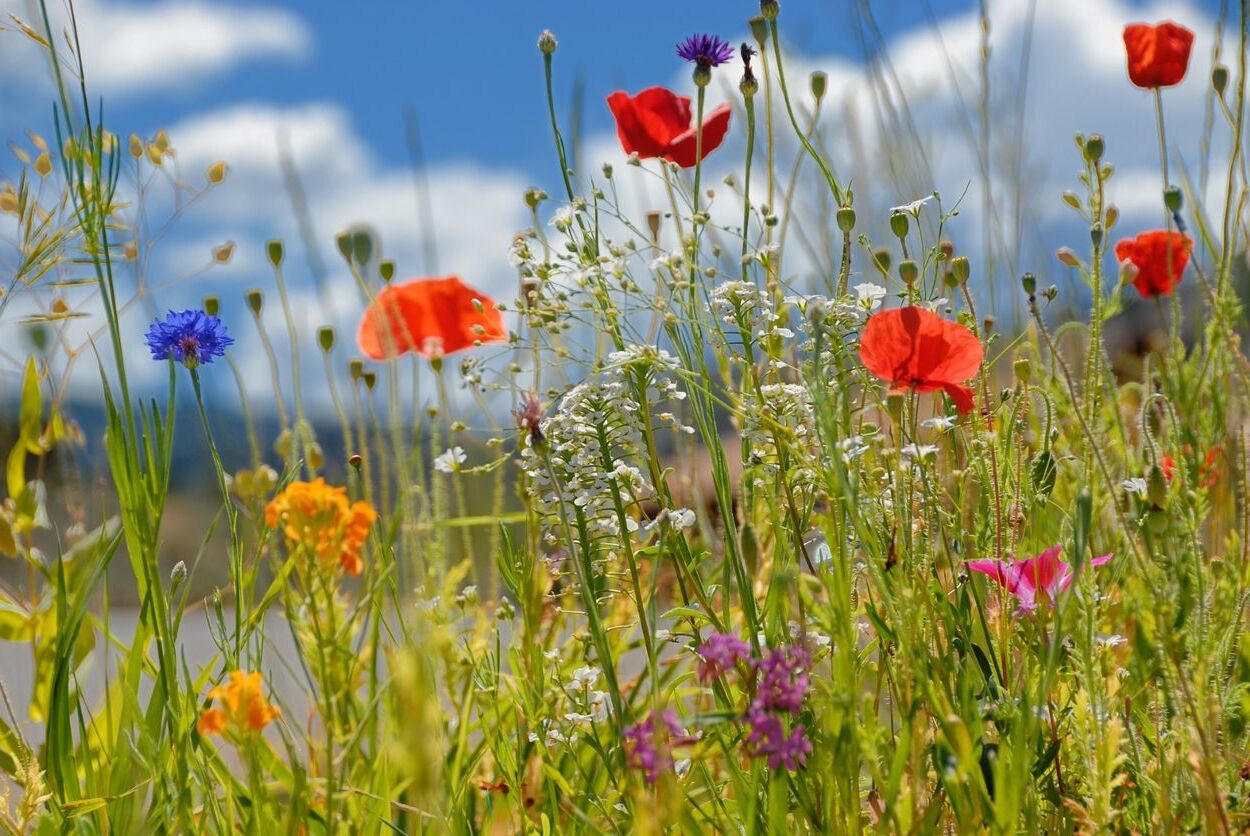
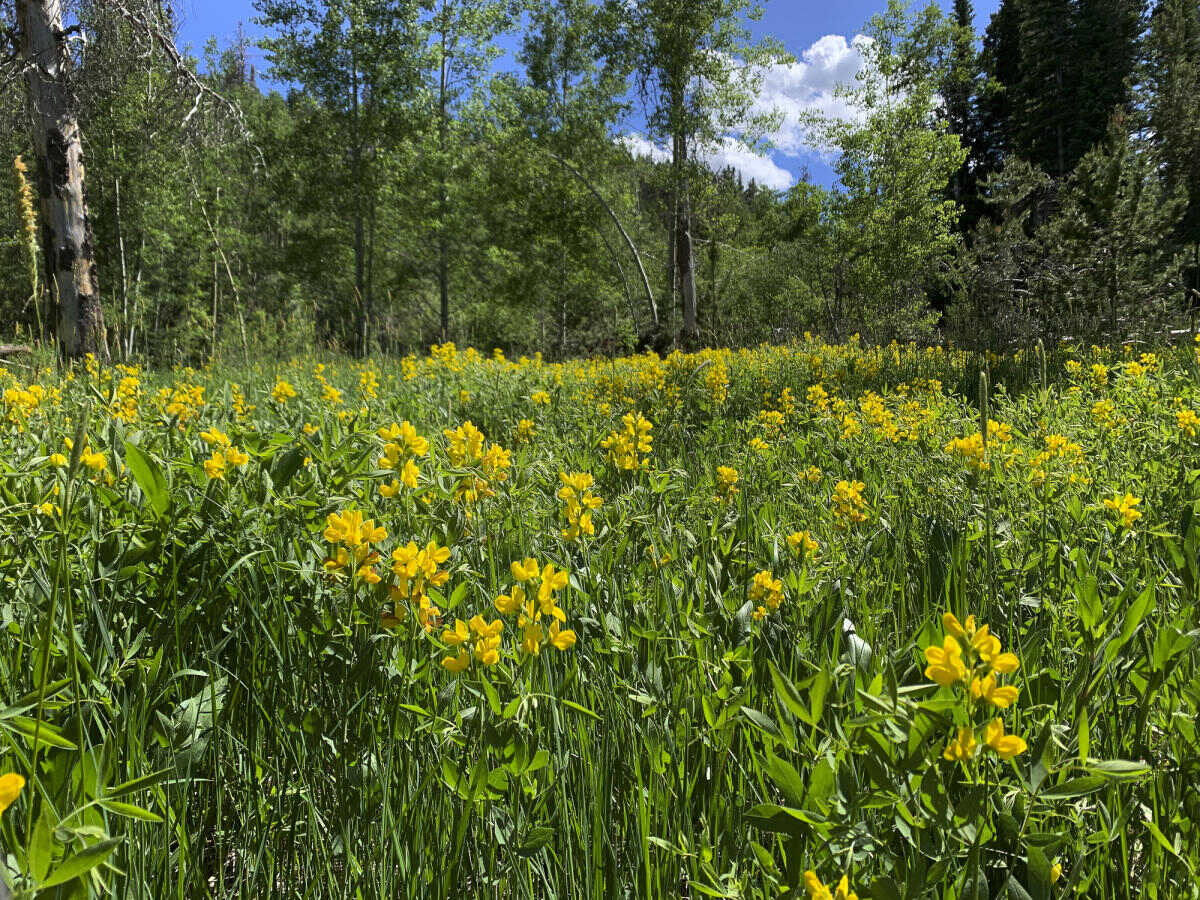

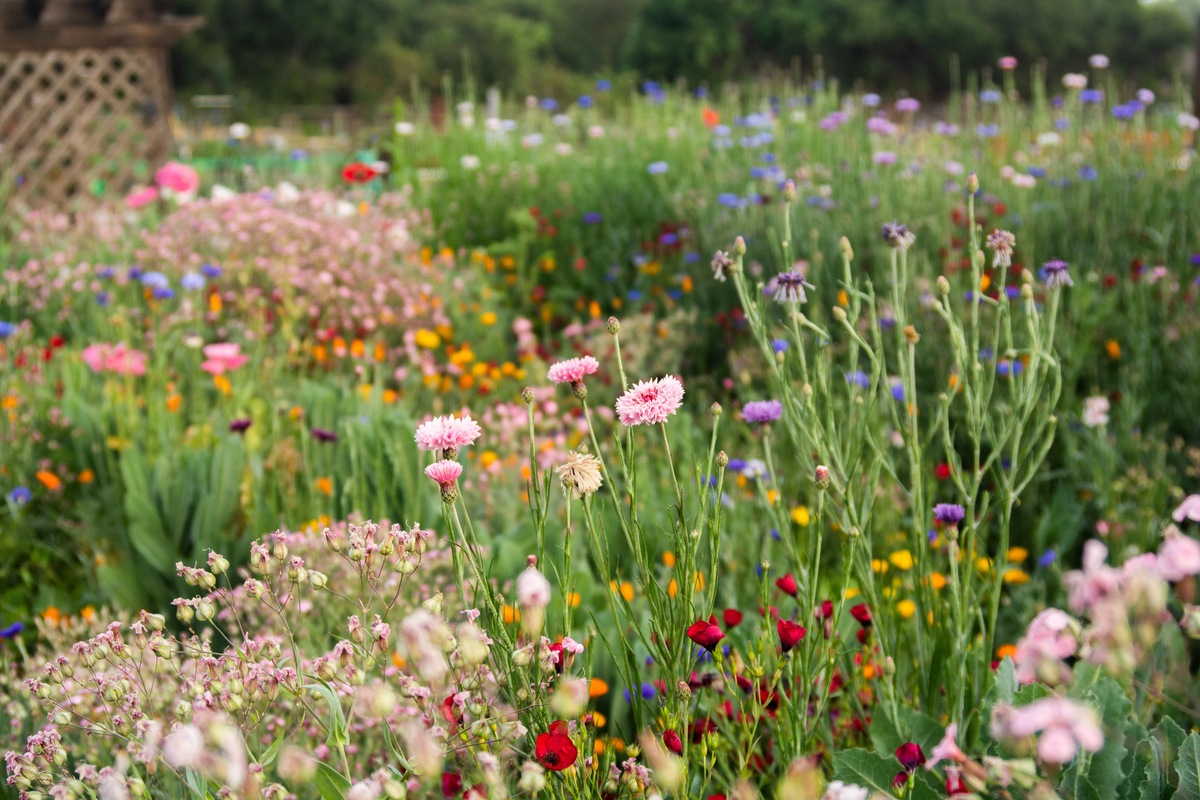
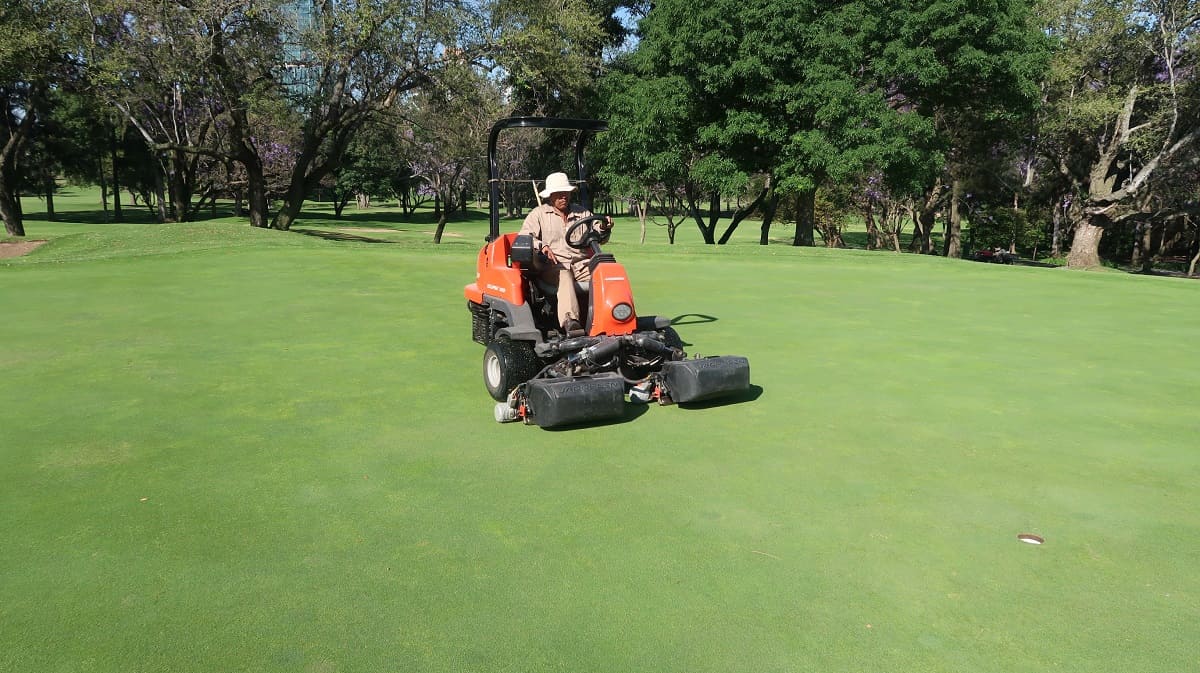
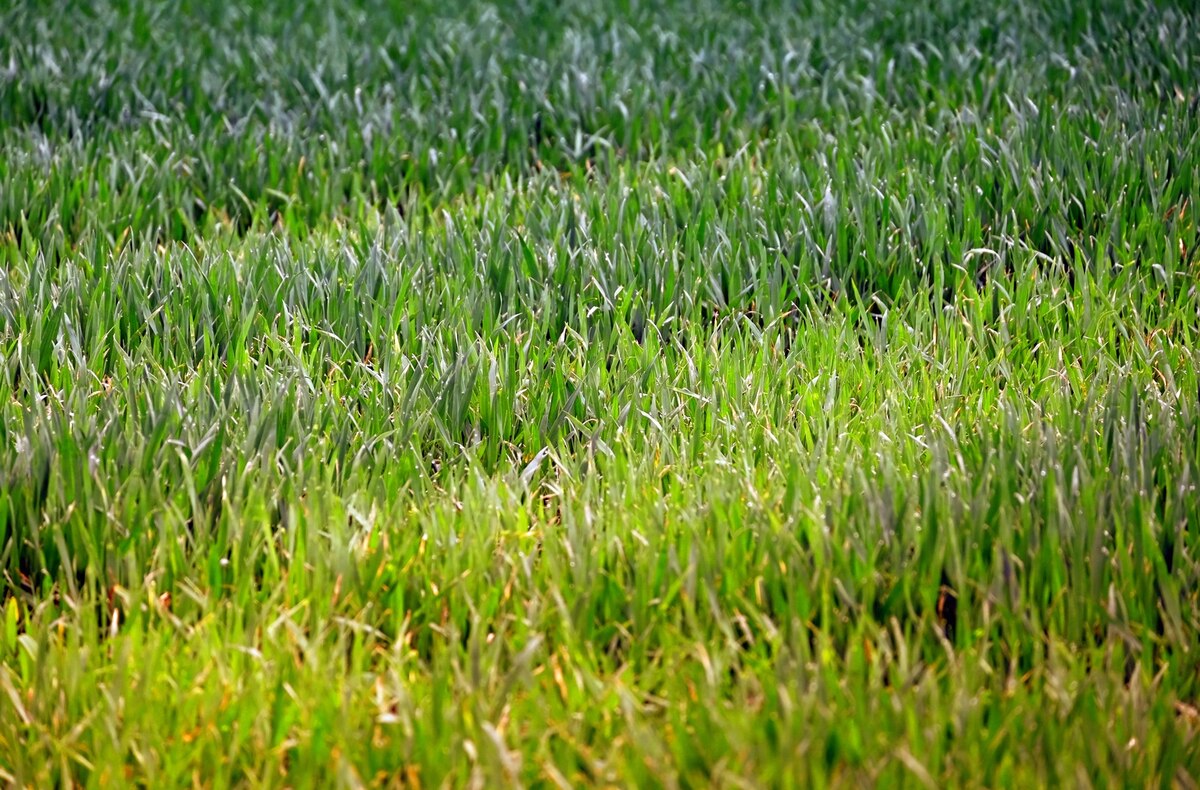
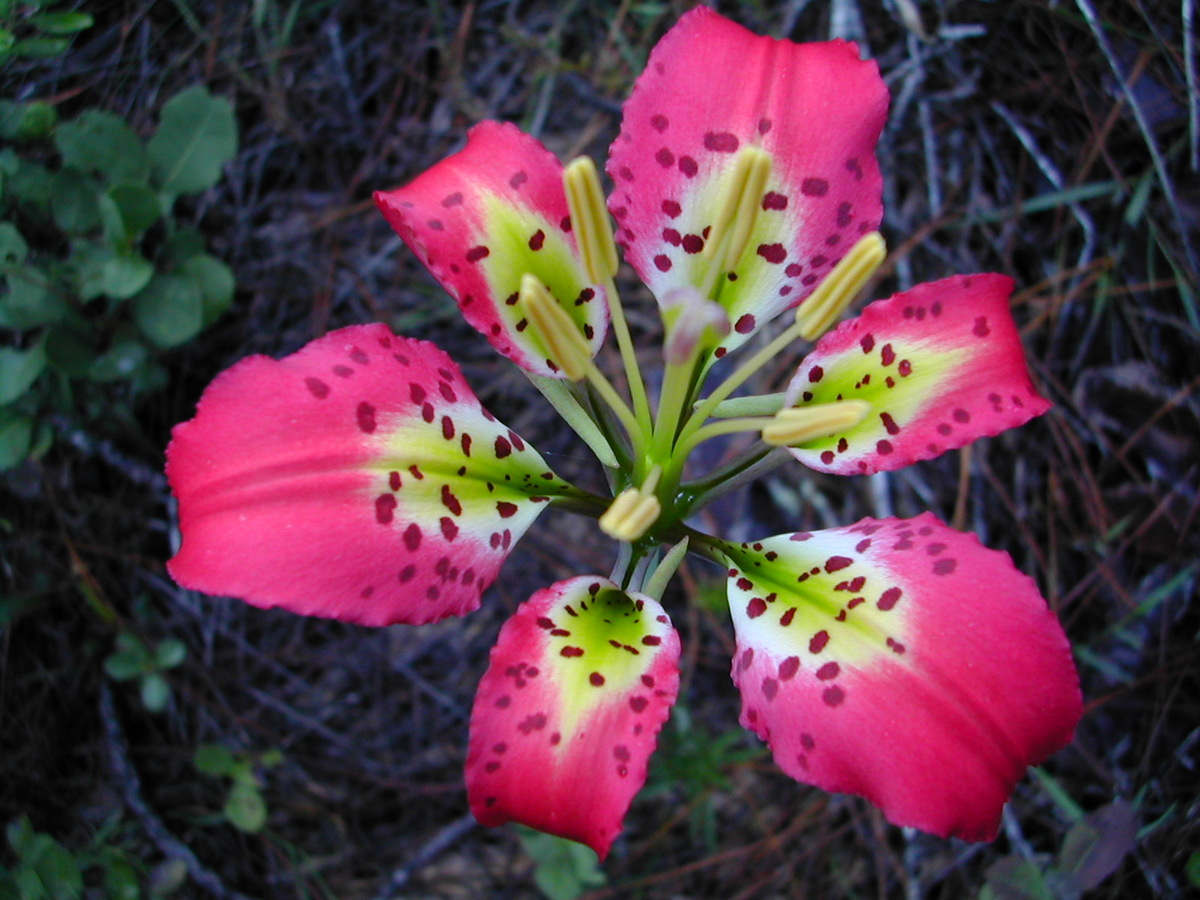
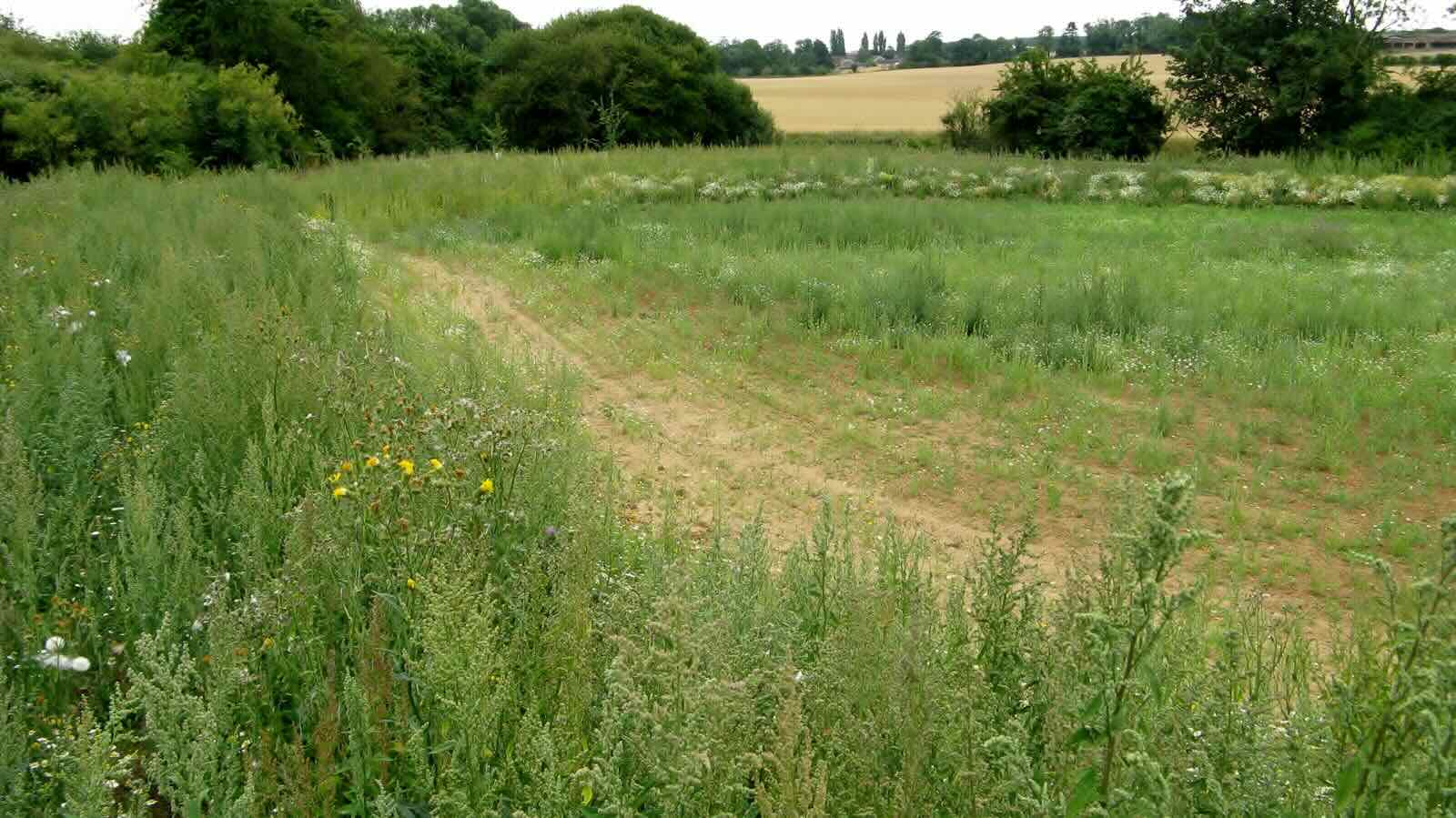
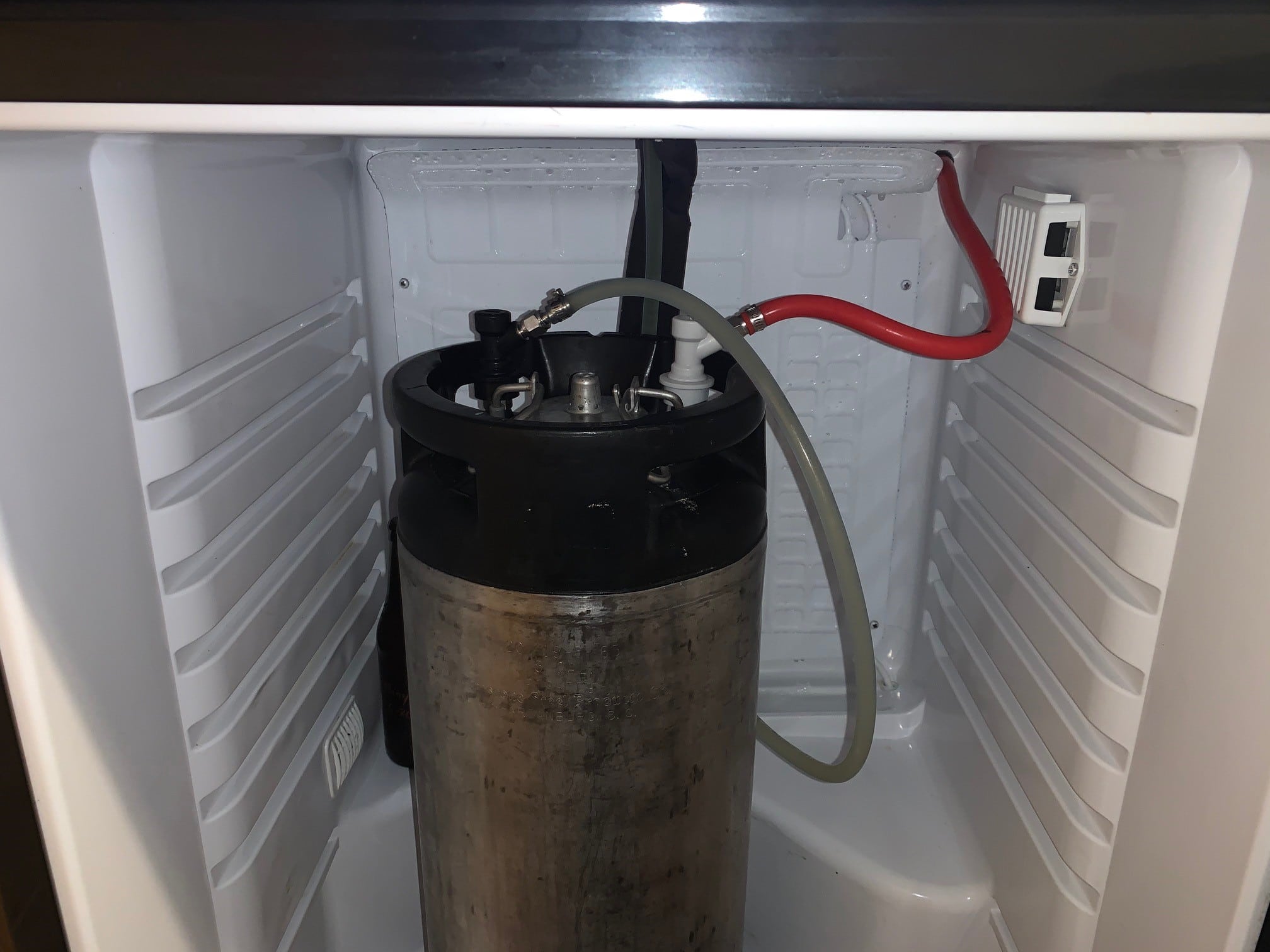

0 thoughts on “How Often To Cut Wildflower Meadow”